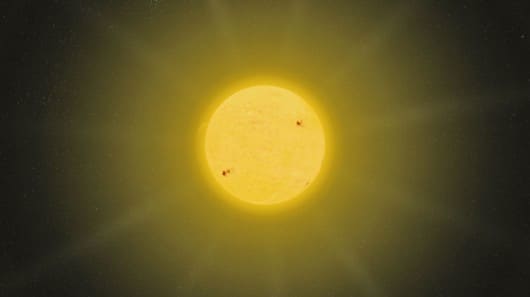A team of researchers at Tel Aviv University’s Department of Physical Electronics and its new Renewable Energy Center are now developing a solar panel composed of nano-antennas instead of semiconductors. By adapting classic metallic antennas to absorb light waves at optical frequencies, a much higher conversion rate from light into useable energy could be achieved. Such efficiency, combined with a lower material cost, would mean a cost-effective way to harvest and utilize “green” energy.When radio and optical waves are harvested, electrons are generated that can be converted into electric current. Initial tests indicate that 95 percent of the wattage going into the antenna comes out, meaning that only five percent is wasted.When finished, the team’s new solar panels will be large sheets of plastic which, with the use of a nano-imprinting lithography machine, will be imprinted with varying lengths and shapes of metallic antennas.Learn more from American Friends of Tel Aviv University.
Solar Panel Composed of Nano-Antennas Harnesses More Power from the Sun
